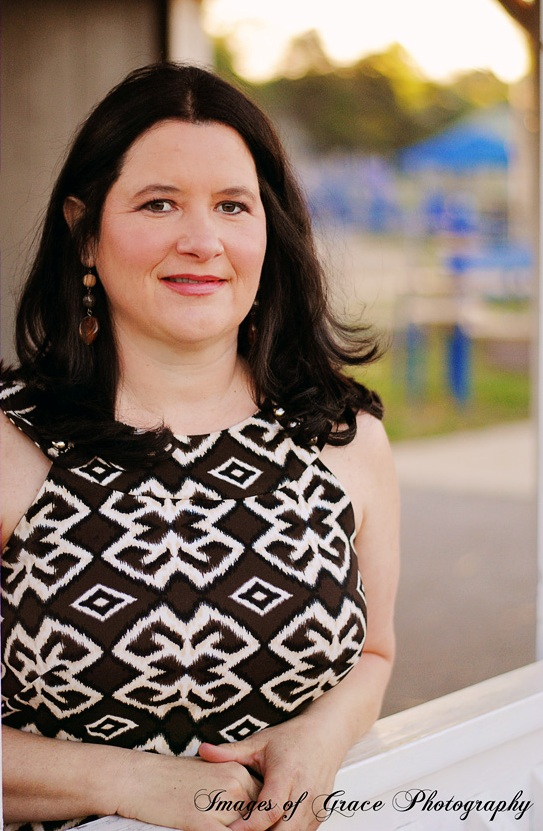AnitaBanks harbored her secret of writing since she was in junior high school where
the desire took seed in a creative writing class. She still journaling,
reading, running and traveling, but nothing compares to playing with her
grandchildren.
She debuts the literary world with Tanner Builds a Block Tower, a charming children's picture book published by Wee Creek Press.
Thank you for your time in
answering our questions about getting published. Let’s begin by having
you explain to us why you decided to become an author and pen this book?
Anita: Probably like so many others, I fell in love
with writing when I was in junior high school, in a creative writing class. I
still have some of those stories tucked away. But life took over and I didn't
pursue it other than journaling, until a few years ago. I took some writing
classes and made a decision to go after the dream.
Is this your first book?
Anita: Yes, this is my first
published book, and I am just so happy about that.
With this particular book, how
did you publish – traditional, small press, Indie, etc. – and why did you
choose this method?
Anita: Savvy Authors was having a pitch contest, so
I entered my pitch to Wee Creek Press editor, Melanie Billings. She read the
pitch, then asked to see the manuscript and then she made the offer to publish
it. They are a small traditional press.
Can you tell us a little about
your publishing journey? The pros and
cons?
Anita: Pitching opportunities bypasses the slush
piles and gets your work in front of an agent or editor. So I still look for
those contests. The publishing side takes a long time, so be patient. I
certainly will continue to try to get additional work published. I am so new at
this and still learning.
What lessons do you feel you
learned about your particular publishing journey and about the publishing
industry as a whole?
Anita: I have entered some pitch contests and have
gotten feedback that was helpful. I'm still submitting the old fashioned way,
too. I am a newbie, so I'm still learning.
Would you recommend this method
of publishing to other authors?
Anita: Absolutely.
What’s the best advice you can give
to aspiring authors?
Anita: Write, Read and Learn. Don't stop with any of
those. Enjoy the journey.







